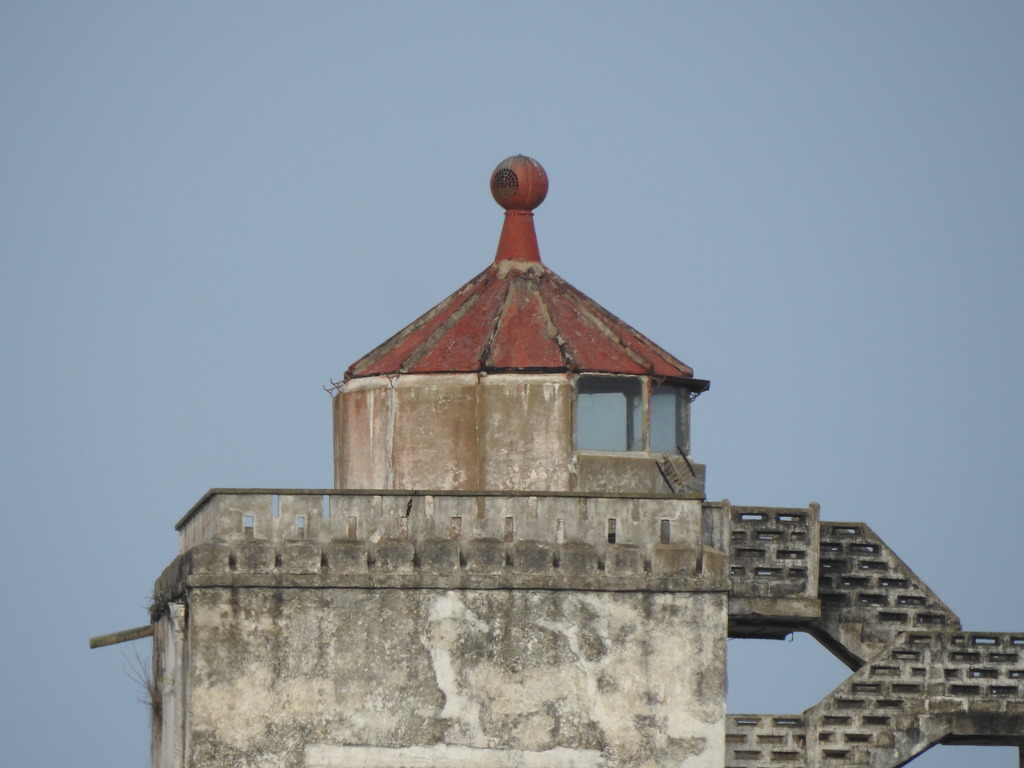
Though smaller and less imposing than the region’s better-known castles and forts, Fort William played a vital supporting role in the British colonial system. It complemented the coastal defenses and helped establish visual communication between forts and trading posts along the shoreline.
Today, Fort William stands as a testament to the layered history of Cape Coast—a town shaped by indigenous cultures, European colonization, and the enduring legacy of resistance and resilience.
While no longer operational as a lighthouse, the fort is now open to visitors, offering not only stunning views of the coastline but also a space for reflection on Ghana’s maritime and colonial history.
Its hilltop location makes it a peaceful yet powerful destination for those exploring the historical landscape of Cape Coast—a place where the past overlooks the present, and where every stone tells a story.